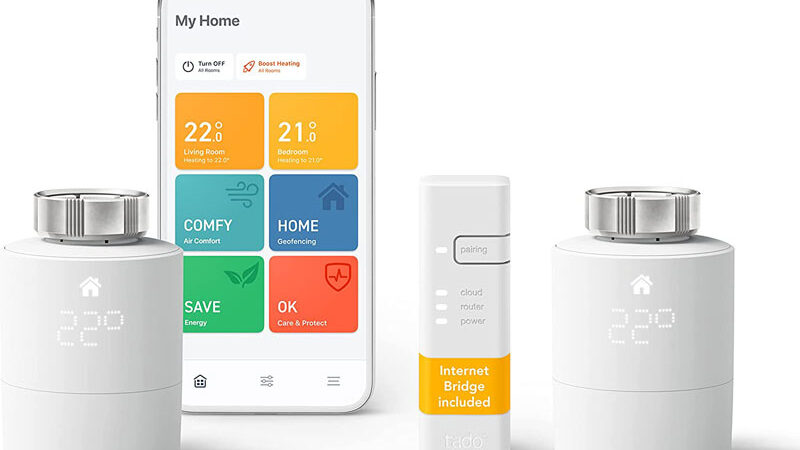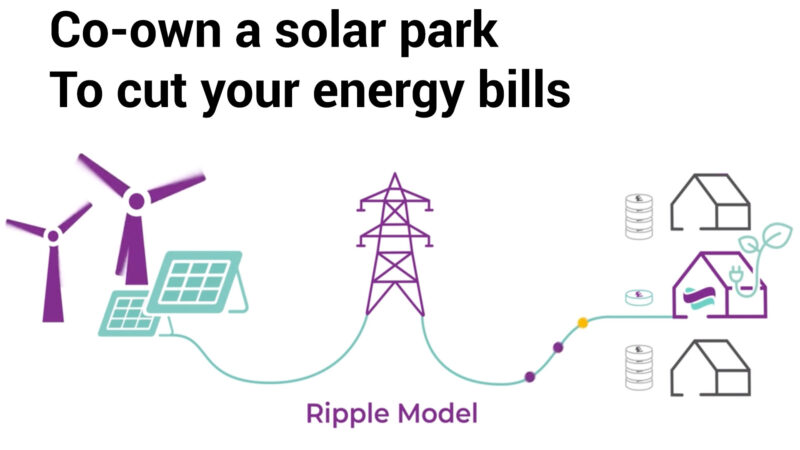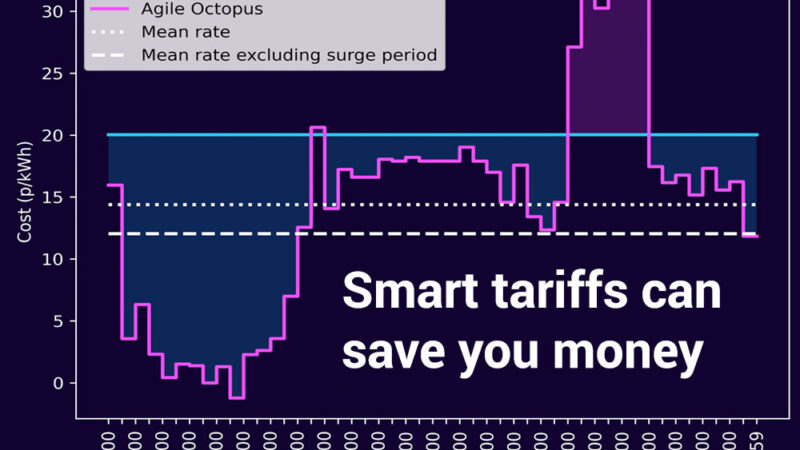10 green ways to transform your house into an eco home

Transforming your house into an eco home isn’t as difficult as you might think.
Going solar, triple glazing windows, maximising natural light and using insulation are just a few ways to create an eco homes. Below are the top 10 ways to transform your house into a smarter, more energy efficient home, reduce your dependence on fossil fuels and tackle climate change.
1. Let the light in
Increasing natural light will not only give you a healthy boost of vitamin D and B, but it’s also been proven to increase our level energies. For those of you working from home, try to place your desk close to a window for the ultimate mood lift.
‘Consider a roof window, sun tunnel or find other creative ways to maximise natural light into your home,’ says Professor Mark Gillott. ‘The more sunlight can find its way inside the less the need for both electric lighting and artificial heating.’
2. Use less gas
With fuel costs rocketing, now is the perfect time to do a home energy check, or to get a smart meter, and reduce those bills. If you’re looking to reduce your carbon footprint, find ways to use less gas, and opt for clean electricity instead. Switching suppliers to one that provides renewable electricity and gas is really simple and is a great way to help reduce carbon and to make a more eco home.

3. Choose solar panels
Solar panels might be a more expensive option up front, but they have become increasingly cost-effective over the years. According to Mark, all available roof space in Britain which is south or south-westerly facing should be utilised for solar energy.
As well as being a truly renewable energy source, solar panels help reduce electricity bills and keep your carbon footprint down. Find out more in our solar energy guide.
4. Get smart about your eco home
Make your home more convenient to live in with smart devices like smart plugs, a smart thermostat and a smart meter. Something as simple as Bye Bye standby can easily improve your energy efficiency and help make your home greener.
Buying and using an energy monitor, or getting a free smart meter is an essential first step to understanding your energy consumption and creating an eco home.
5. Choose triple glazing for an eco home
Triple glazing, which adds a third pane of glass to double glazing, is a great way to make your home truly energy efficient. While double glazing has become standard for many new homes, Mark believes we should be choosing triple glazing where we can.
‘Triple glazing will become the standard of the future,’ he adds. ‘It’s much more effective at stopping heat being lost from the home, thereby greatly reducing energy consumption.’
If triple glazing is out of the question consider installing insulating window film on any leaky or single glazed windows.
6. Don’t forget to insulate your eco home
‘Keeping heat inside the house is the simplest thing you can do to vastly improve energy efficiency – and reduce gas and electricity bills,’ adds Mark.
If you’re not sure where to start, some of the things you can do include covering any air leaks with weatherproofing, adding thick curtains to windows, and picking up some draught excluders.
7. Install a bidirectional battery
‘It may sound like the stuff of science fiction but rechargeable homes are already a reality,’ Mark explains. ‘By installing a bidirectional battery your home’s energy can be topped up from the battery of a compatible electric vehicle (EV). The home’s energy needs are then balanced between its solar array, battery and the grid.’
8. Choose an air pump or underfloor heating
If you’re in the process of redesigning your home, opt for an air source heat pump or underfloor heating – both more efficient options which will help your house to retain heat far longer. An air source heat pump works by converting the energy of the outside air into heat, while underfloor heating will evenly distribute heat around the room and keep your toes toasty come winter.
9. Work together with neighbours
Do your neighbours also have green aspirations? Why not work with them to develop a community energy system — this will allow homes on your street to generate renewable energy locally, even if you don’t have room for solar panels on your own home, and act as a power hub across several homes.
10. Make the switch to an electric vehicle
The Government has officially confirmed that the ban on sales of new petrol and diesel cars has been moved forward to 2030, while also announcing a new £20m funding pot for electric vehicle (EV) innovation.
The Government’s new £20m fun will assist research and development competition, for EV technology innovations. Funding could potentially support zero-emissions emergency vehicles, charging infrastructure and battery recycling.
Read up on what to think about when making the switch to an electric vehicle.






